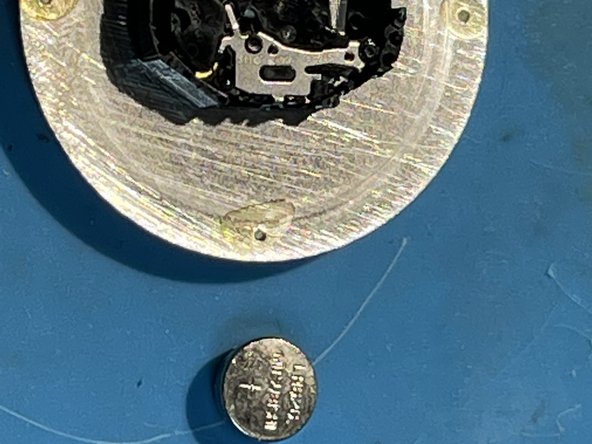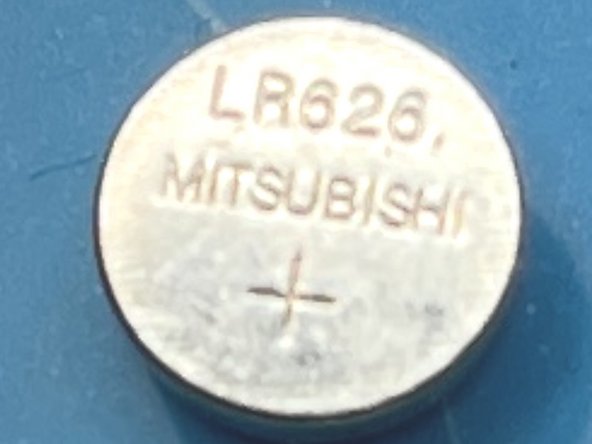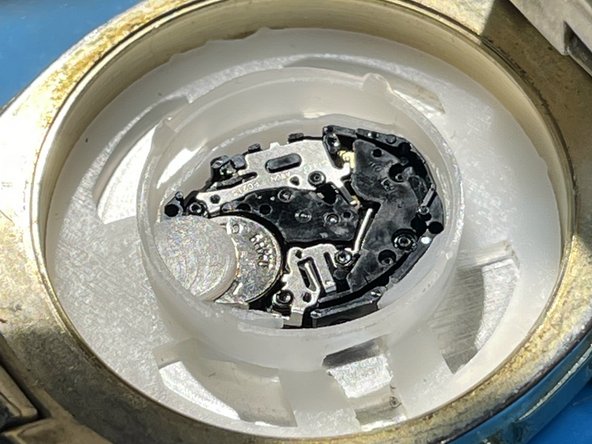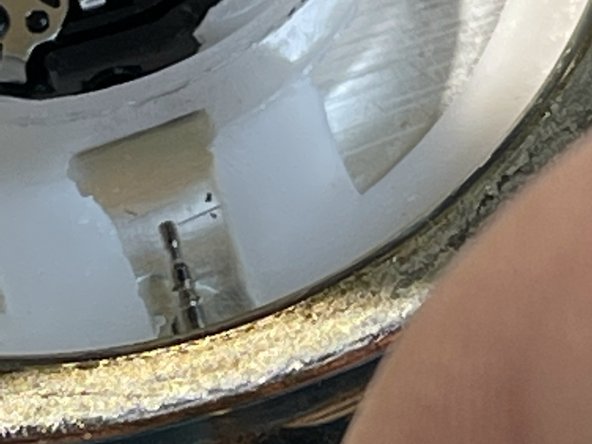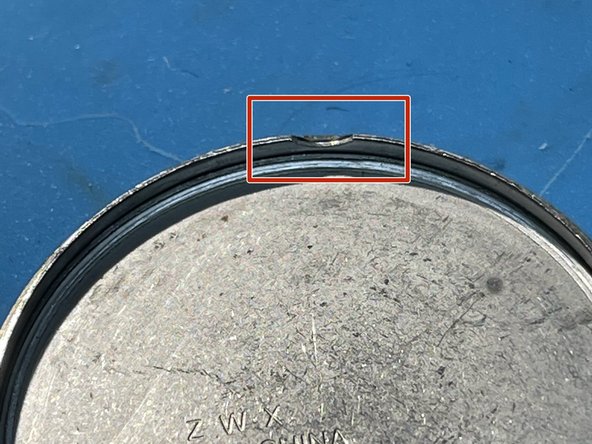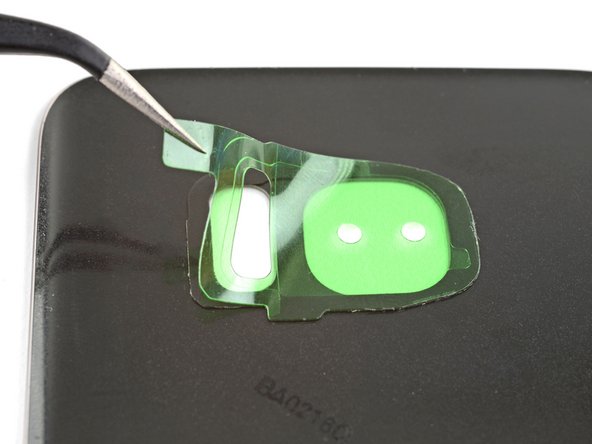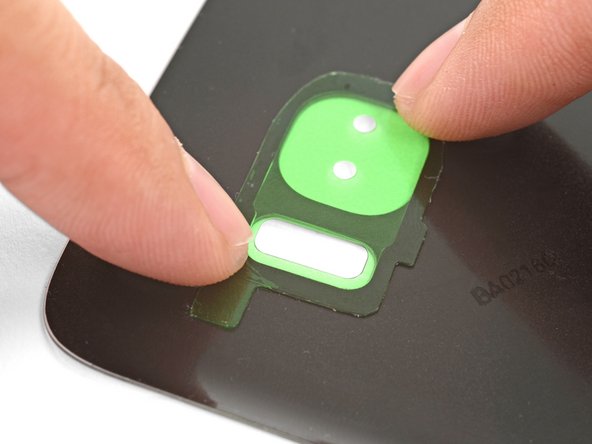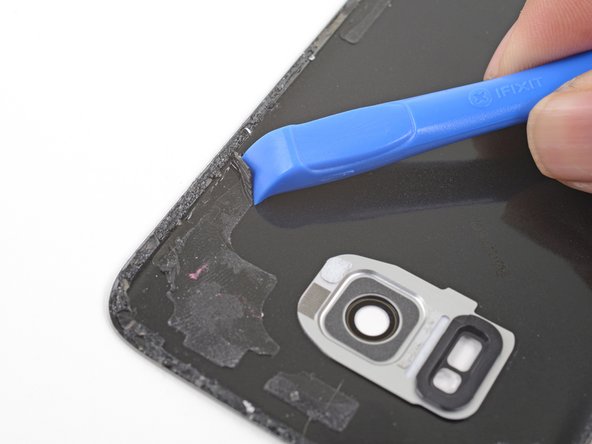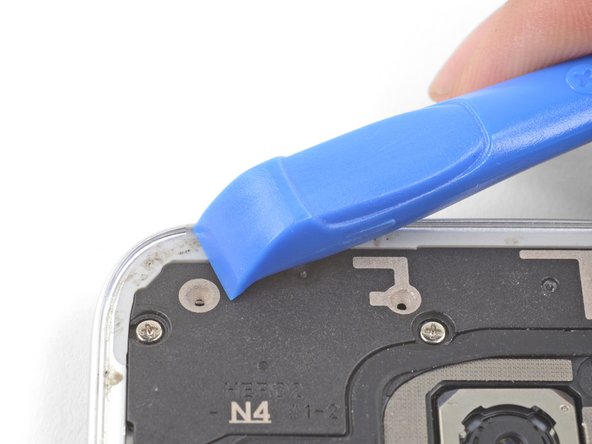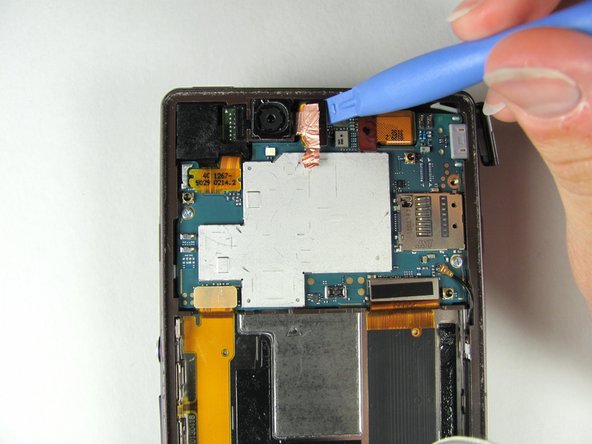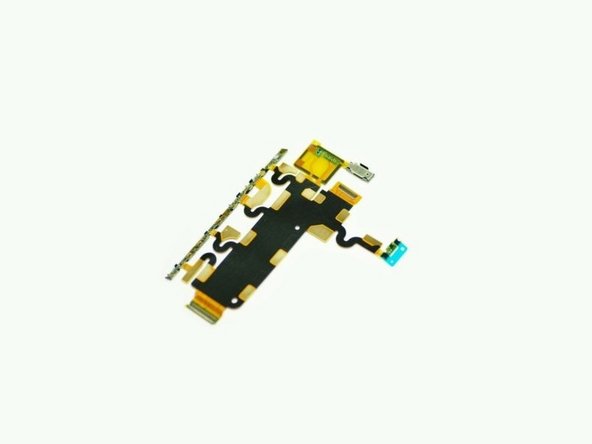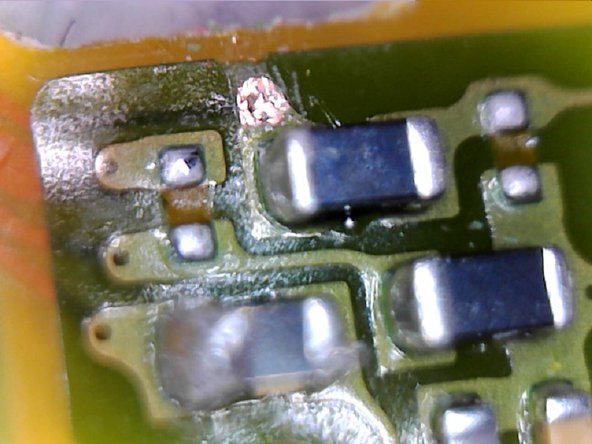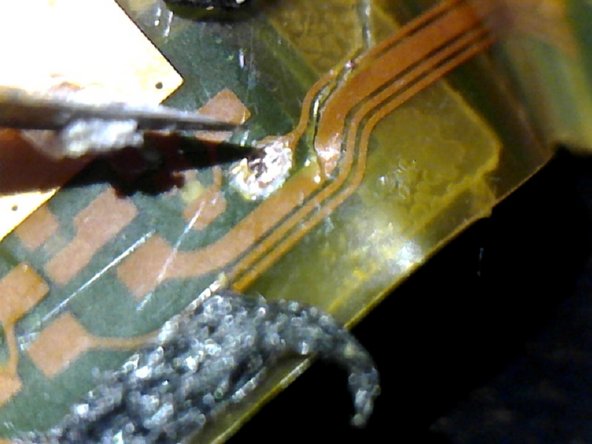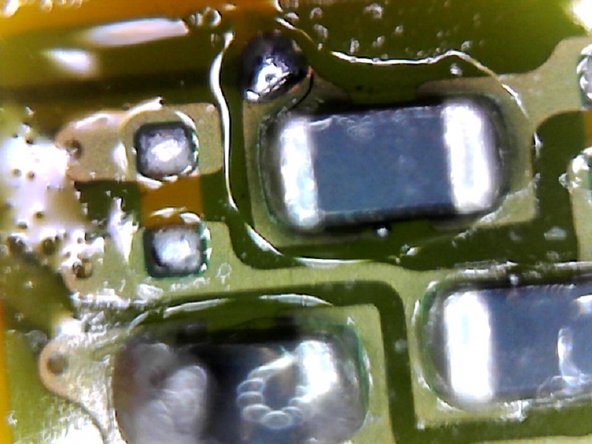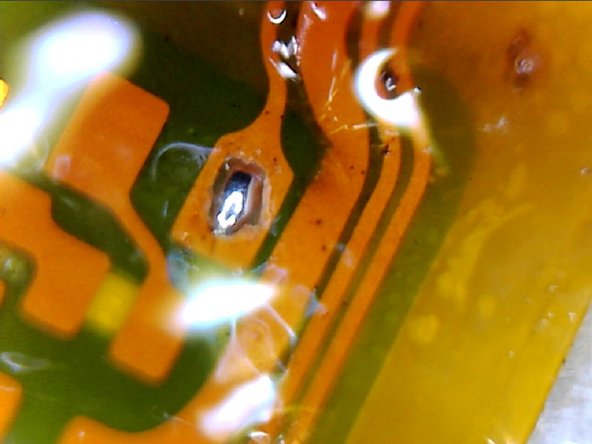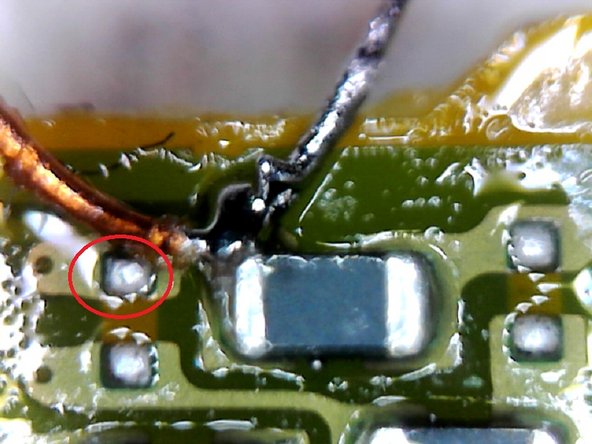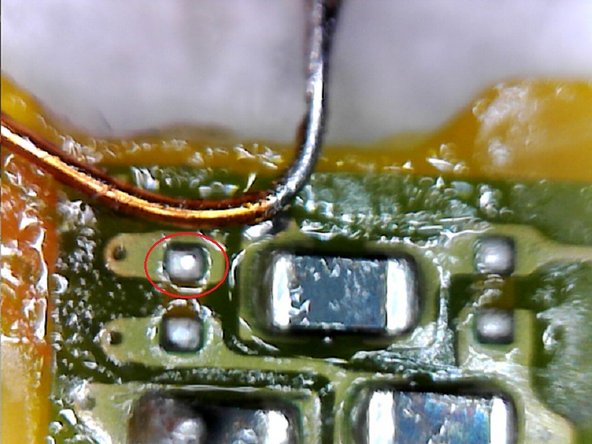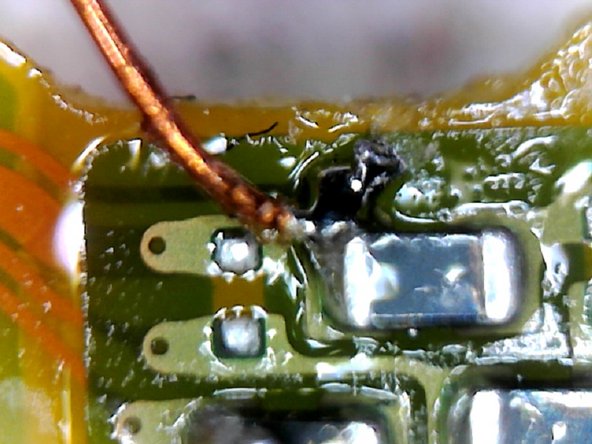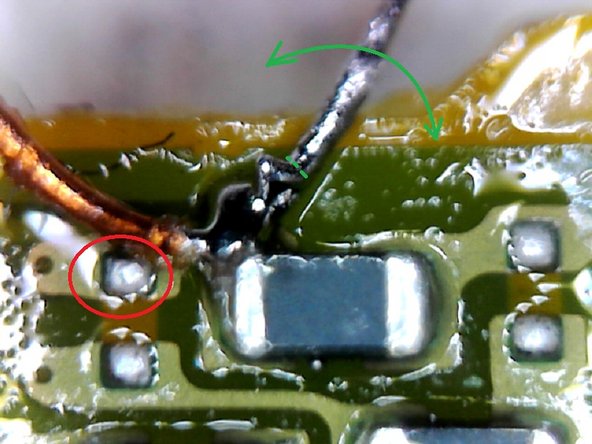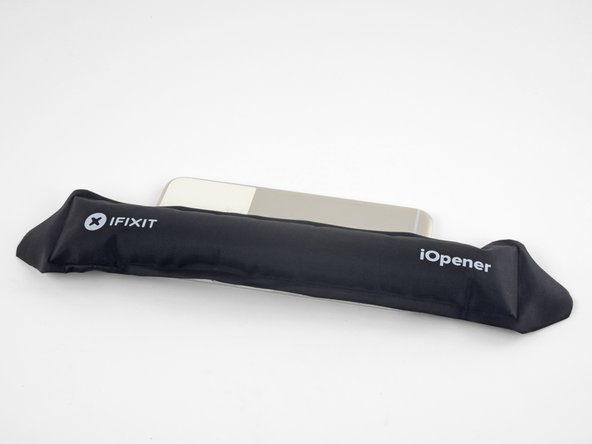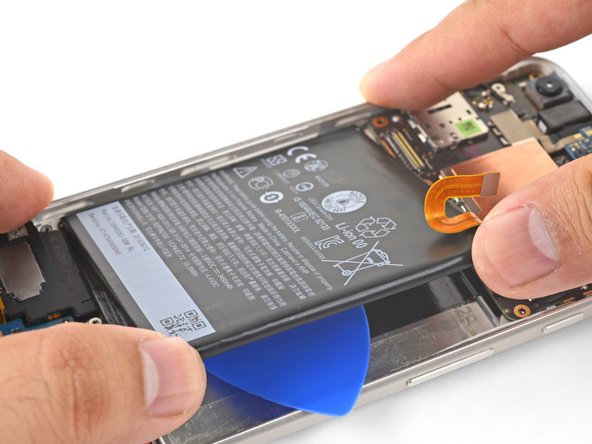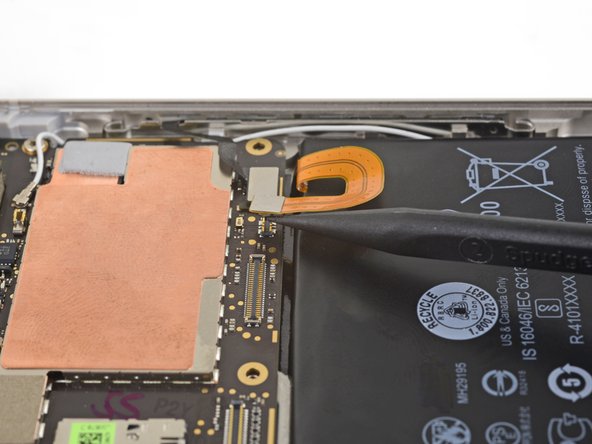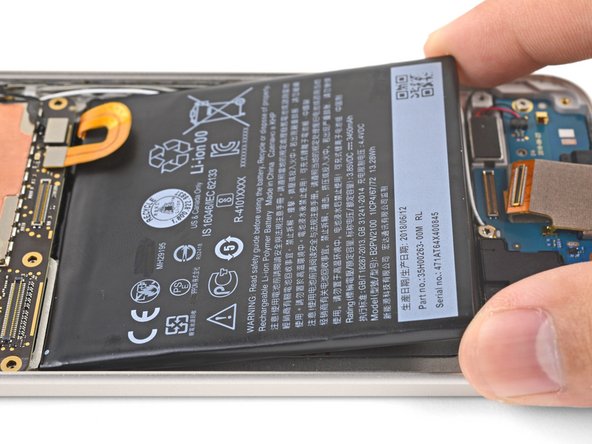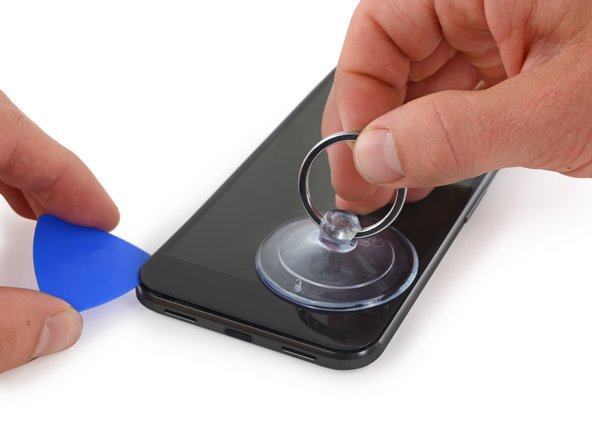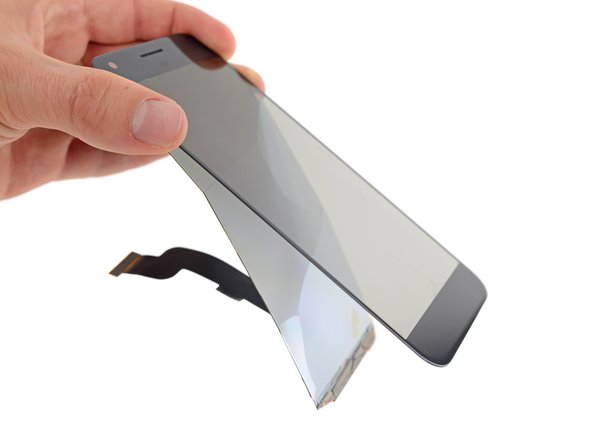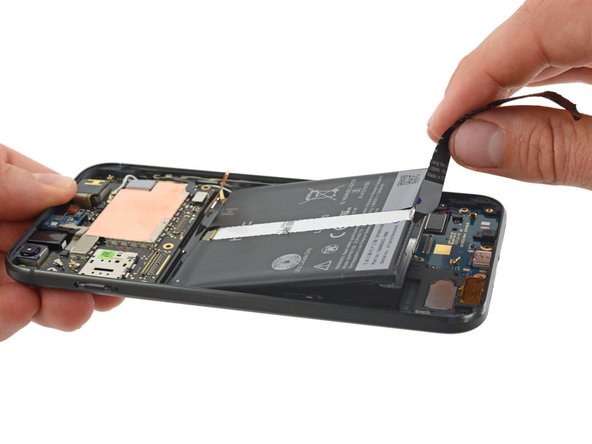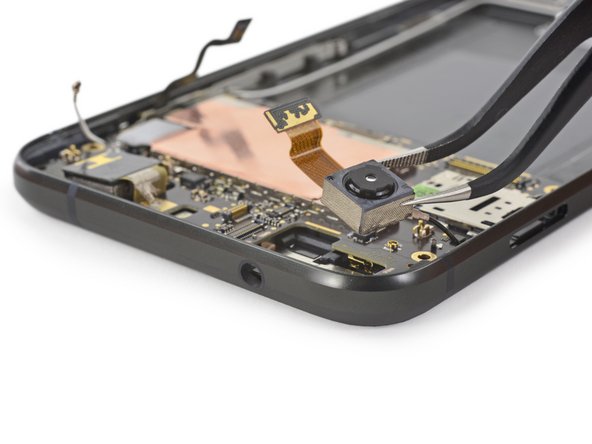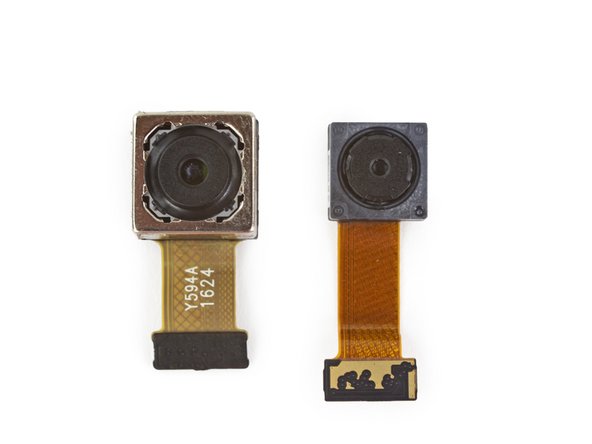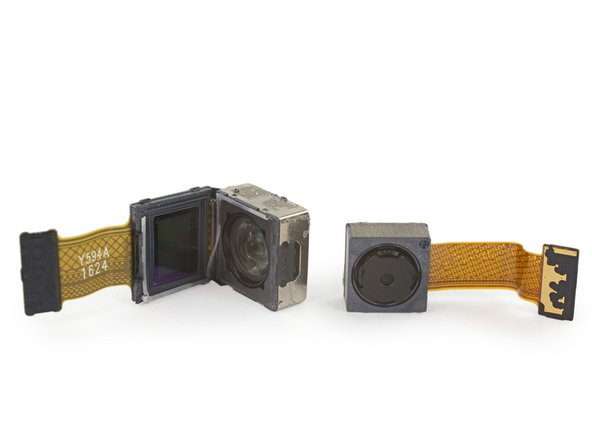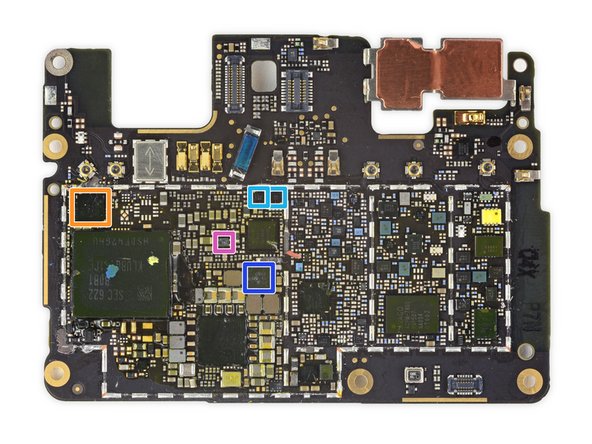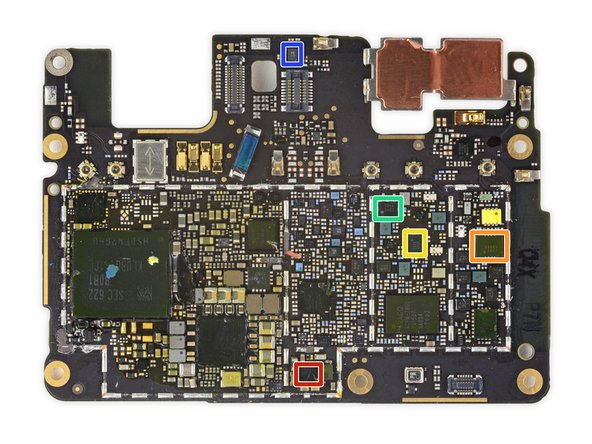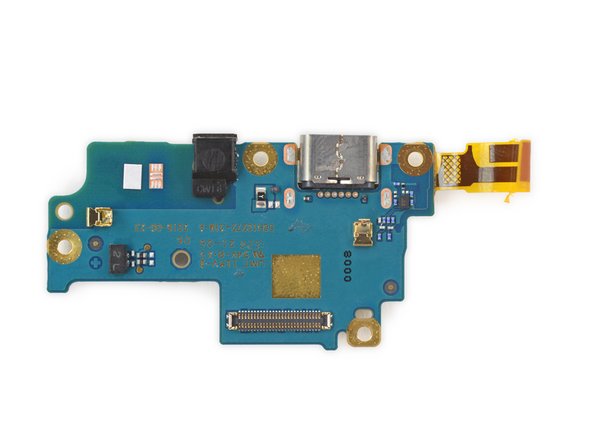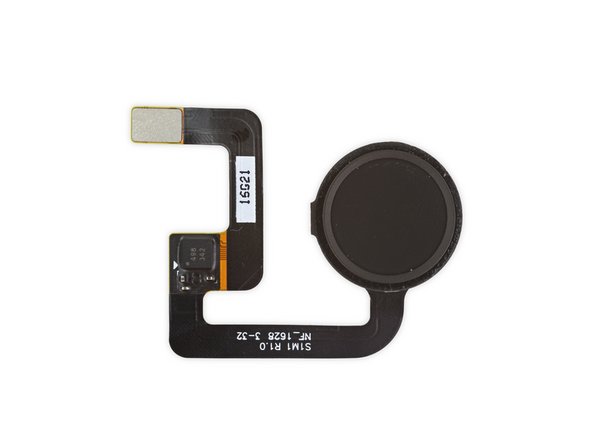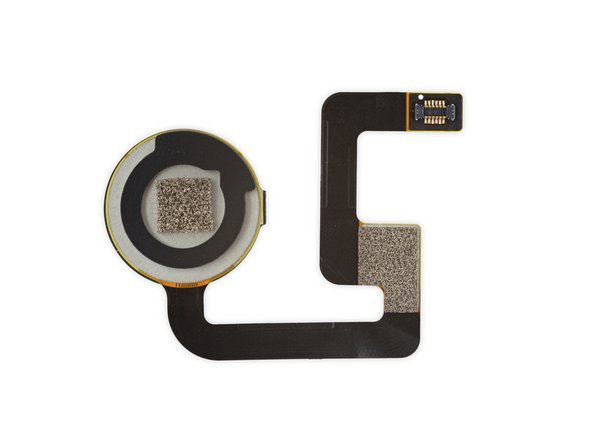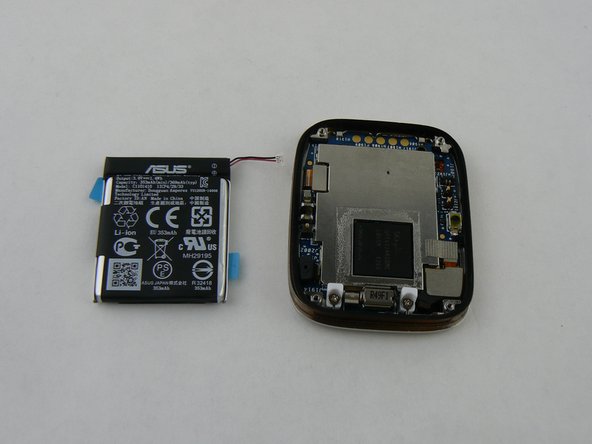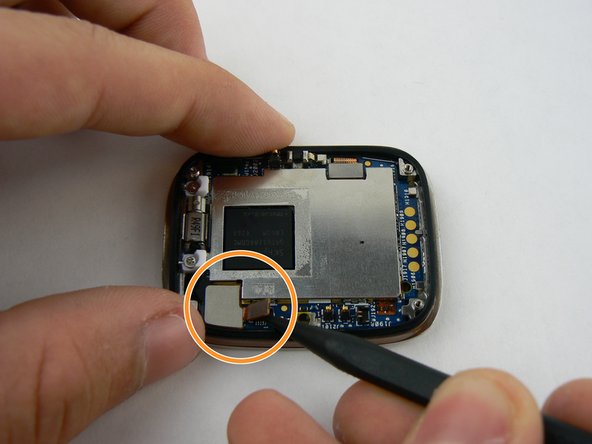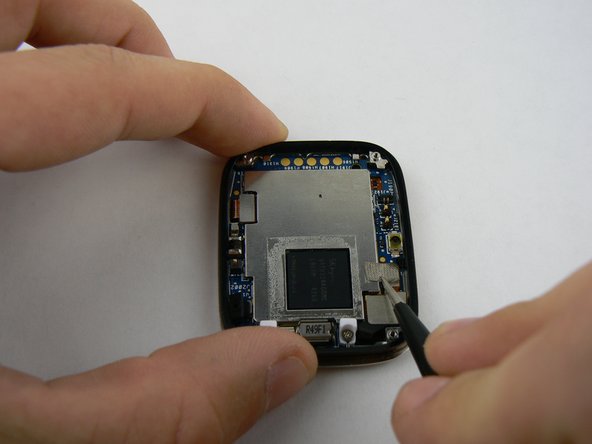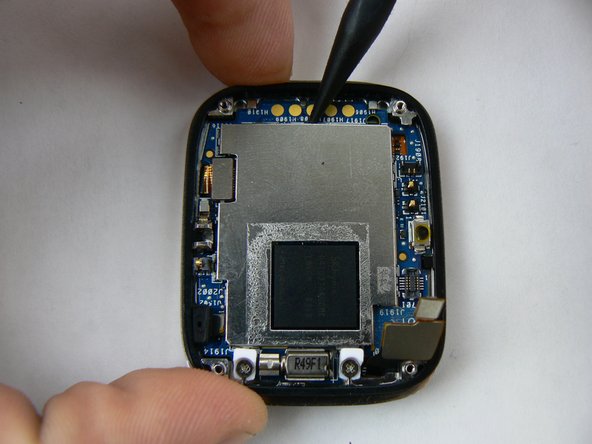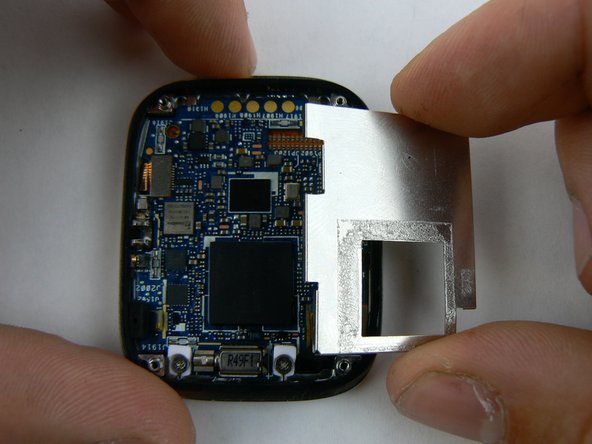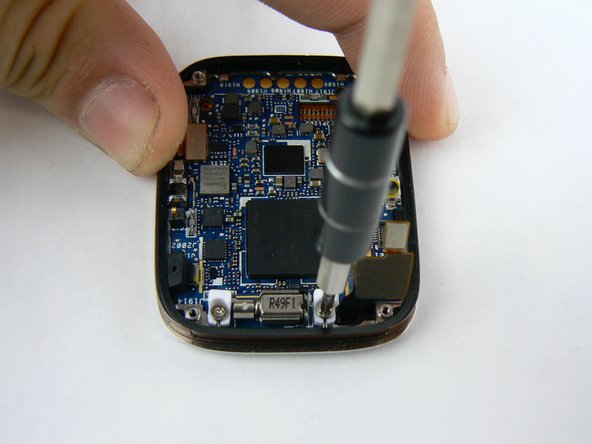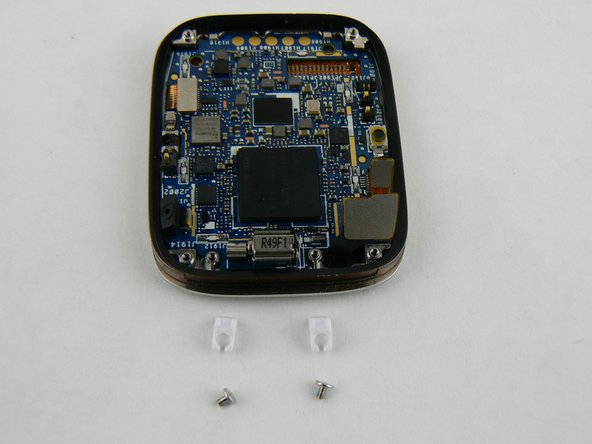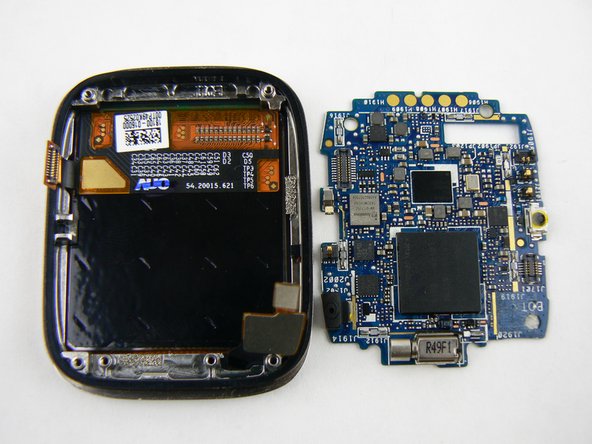Duration: 45 minutes
Steps: 22 Steps
Hey there! Before you dive into disassembling your phone, make sure to let that battery chill out and drop below 25%.
Ready to swap out that tired battery in your Samsung Galaxy S6 Edge? Here’s how to do it safely and with style. First off, make sure your battery is below 25% charge before getting started—lithium-ion batteries and sharp tools are not a legendary combo. If your battery looks swollen, take it seriously: grab some eye protection and handle with care, or schedule a repair if you’re unsure. Don’t heat up your phone. To loosen the back cover, a few drops of isopropyl alcohol (90% or higher) around the edges can help break up the adhesive. Heads up: removing the rear glass means the adhesive won’t stick like it used to, so check out our guide for putting it back together.
Step 1
Hey there! Just a friendly reminder: steer clear of the microphone hole with your tool—it could lead to a bummer of a situation! And don’t forget to keep an eye out for the shape of the SIM tray!
– Grab a trusty paper clip or SIM eject tool, and poke it into the tiny hole on top of your phone’s SIM card slot.
– Give it a gentle push—pop! The SIM card tray will slide out.
– Carefully pull the tray all the way out and set it aside.
Step 2
For carousel microwaves: Give that plate a spin! If your iOpener gets a little too cozy and gets stuck, it could overheat and cause some trouble. So, keep it movin’!
A little housekeeping goes a long way! Give your microwave a quick clean before diving in. Any leftover gunk could stick to the iOpener, and we want to keep things nice and tidy.
– Pop that iOpener right in the middle of your microwave and let it warm up!
Tools Used
Step 3
Hey there! Just a friendly reminder to keep the iOpener at a safe temperature during your repair adventures. We don’t want it to burst into action! Aim to keep it under 100˚C (212˚F).
If the iOpener looks a bit puffy, give it some space—better safe than sorry!
Still feeling the heat? No worries! Keep using it while it cools down a bit more. A well-heated iOpener should stay cozy for about 10 minutes.
Microwaves can vary, so your iOpener might need a little more or less time to heat up. You’ll know it’s ready when it feels just a bit too hot to comfortably touch—kind of like that first sip of cocoa that’s a little too bold.
– Get that iOpener warmed up for thirty seconds – we’re about to get this repair started!
– As you work through the steps, remember to give your iOpener a little break and reheat it in the microwave for an extra thirty seconds whenever it starts to cool down. Easy peasy!
Tools Used
Step 4
Heads up— the iOpener gets really hot, so handle it with care. Use an oven mitt if you’re feeling cautious.
– Take the iOpener out of the microwave, holding it by one of the flat ends to keep your fingers safe from the hot center. Easy does it—grab and go with confidence! If you need help, you can always schedule a repair.
Tools Used
Step 5
The iOpener can get pretty toasty, so make sure to grab it by the end tabs only. Stay safe and keep those fingers happy!
No microwave? No problem! Just follow this step to warm up your iOpener in a pot of boiling water.
– Grab a pot or pan and fill it with enough water to fully cover your iOpener.
– Bring that water to a boil, then turn off the heat. We’re almost there!
– Submerge the iOpener in the hot water for 2-3 minutes. Make sure it’s completely covered.
– Use some tongs to safely pull the iOpener out of the water (it’s hot, so be careful!).
– Dry the iOpener thoroughly with a towel. No one likes a wet iOpener!
– You’re all set! When it’s time to reheat, just boil some more water, turn off the heat, and dunk the iOpener in for another 2-3 minutes.
Tools Used
Step 6
Feel free to use a hair dryer, heat gun, or hot plate, but keep an eye on the heat! Your phone’s OLED display and internal battery are pretty sensitive to high temperatures, so let’s avoid any heat meltdowns. If you need help, you can always schedule a repair.
Opening up your phone? Just a heads up, you might mess with its waterproof seals! Make sure you have some replacement adhesive handy before diving in, or be super careful to keep it away from any liquids if you’re putting it back together without a new adhesive.
If you’ve got a shattered screen, grab some packing tape and cover the whole panel to keep it nice and secure while you work on removing it.
You might need to give your iOpener a little extra love—reheat and reapply it a few times to get that phone nice and toasty. Just follow the iOpener instructions to keep it from getting too hot.
– Place that warm iOpener on the back panel for around two minutes to help loosen up the sticky stuff around the edge of the glass.
– Then, move the iOpener to heat the rest of the panel for another two minutes. You’re doing great!
Tools Used
Step 7
Once you’ve inserted the pick, consider adding a few drops of isopropyl alcohol into the gap. It helps loosen up the adhesive, making the next steps a bit easier. If you need a hand along the way, you can always schedule a repair.
– When the rear glass feels warm to the touch, grab a suction cup and place it near the bottom edge of the glass. Don’t worry if it feels a little warm—that’s a good sign you’re ready to proceed!
– Gently lift on the suction cup to create a tiny gap underneath the rear glass, then slip an opening pick into that space. This will help loosen the adhesive and get you one step closer to opening up the device.
Step 8
Now that you’ve got the first pick in place, go ahead and grab a second one to help with the next step. Leaving the first pick inserted will prevent the glue from re-sticking, making your life easier.
Give the rear glass a little more heat as needed to keep the glue from cooling down and hardening. This will make the process smoother and more efficient.
– Gently slide the pick along the bottom edge of your phone to cut through the sticky stuff holding the rear glass in place. You’re doing great!
Step 9
– Now, let’s keep the momentum going! Just like before, repeat the heating and cutting magic on the other three sides of the phone.
– Once you’re done, slide an opening pick under each edge. This little trick will ensure the adhesive doesn’t give you any trouble by resealing.
Step 10
– Grab your trusty opening pick and gently slice through any leftover adhesive. You’re almost there!
– Carefully lift off the rear glass and reveal the inner workings of your device!
Step 11
– Ready to give your phone a fresh new rear glass? Let’s get started!
– If you’re putting back the old rear glass or using new glass that doesn’t come with adhesive, you’re in the right spot. Let’s do this!
– Grab those tweezers and gently remove any leftover adhesive from the phone’s chassis. We want a clean slate!
– Now it’s time to tidy up! Using some high concentration isopropyl alcohol (at least 90%) and a lint-free cloth, clean the areas where the adhesive will stick. Remember to swipe in one direction only—no back and forth action here; it’s all about that prep work for the new adhesive.
– Peel off the backing of the new rear glass and carefully align one edge against the phone chassis. Press it down firmly—let’s make sure it sticks!
Tools Used
Step 12
– Let’s get started by removing the thirteen 3.3 mm Phillips #00 screws from the midframe. This is the first step in taking your device apart, and it’s a great opportunity to get familiar with the internals.
Step 13
– Gently press on the back of the battery while lifting the edges of the midframe—just enough to pop it free from the rest of your phone. Take your time and show it who’s boss!
Step 14
– Grab your trusty spudger and gently pry away the battery ribbon cable from the motherboard. You’ve got this!
Tools Used
Step 15
– Let’s get started by disconnecting the home button ribbon cable from the motherboard. This is a crucial step, so take your time and make sure it’s done correctly.
Step 16
– Grab your trusty spudger and use its pointed end to gently disconnect those two antenna interconnect cables from the motherboard. You’ve got this!
Tools Used
Step 17
– Gently pry the display ribbon cable away from the motherboard with the flat end of your trusty spudger. You got this!
Tools Used
Step 18
– Gently unhook the earpiece ribbon cable from the motherboard and set it aside. You’ve got this!
Step 19
Motherboards are pretty sensitive to static, so rock an anti-static bracelet to keep things safe and sound.
Hold up! Don’t yank the motherboard out just yet—there’s a ribbon cable underneath that needs to be unplugged first.
– Hold onto the motherboard by its edges near the top of your device. You’ve got this!
– Gently lift the motherboard away from the display, making sure to be kind to the daughterboard ribbon cable – it’s delicate, so no unnecessary stress!
Step 20
– Let’s start by disconnecting the daughterboard ribbon cable from the underside of the motherboard. This is a simple step, but make sure to handle the cable with care to avoid any damage.
Step 21
Be gentle with the battery—trying to pry it out too forcefully can cause leaks, fires, or even explosions. Lithium-ion batteries are delicate, so avoid metal tools and excessive pressure to keep everything safe and sound.
Be careful when prying around the center area underneath the battery, as there’s no frame reinforcement to protect that gorgeous (and fragile) display panel. Let’s get through this step with care!
– Slide a pick or pry tool carefully under the battery and gently work it across to loosen the adhesive holding it in place. Keep at it until the battery starts to lift away smoothly.
Step 22
Once you pop that battery out, don’t try to put it back in! It’s like trying to wear last year’s fashion—just a no-go. Grab a shiny new battery instead and keep things safe and sound.
– To put everything back together, just reverse the steps you followed to get here. Check out our guide on reinstalling the rear glass for some extra help.
– Now that you’ve finished this repair, take a minute to calibrate your new battery and get everything running smoothly.
– You did it! If you need help with anything else or have another repair on your hands, you can always schedule a repair with Salvation Repair.
Success!

























































